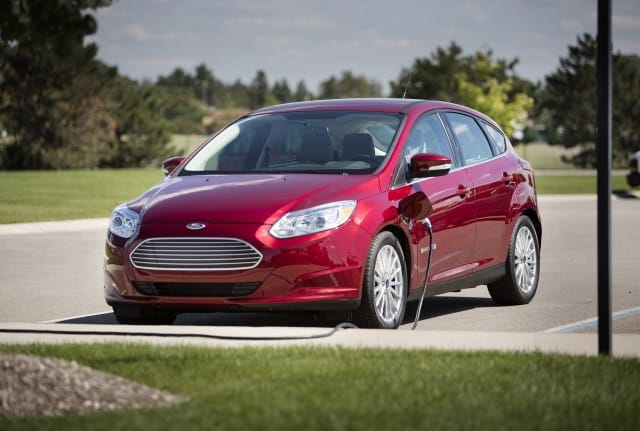Nissan Leaf Vs. Ford Focus Electric
Nissan’s Leaf and Ford’s Focus Electric represent two very different answers to the same question: What should a compact hatchback electric…


Nissan’s Leaf and Ford’s Focus Electric represent two very different answers to the same question: What should a compact hatchback electric car look like? Both the electric Focus and the dedicated Leaf model are compact five-door hatchbacks powered entirely by a lithium-ion battery pack. So you have to choose whats right for you.

In range the Ford focus has 115 miles versus 107 for the Nissan. The Leaf has a far better and more flexible cargo bay, and 10 times or more dealers and people who sell and service the car.

Design and comfort
The Leaf is a car which is electric look like from a distance while the Focus hides its plug-in gear in a conventional body that is shared by gasoline compact.The Leaf was designed from the start as a battery electric car, with its lithium-ion battery mounted under the floorpan and rear seat. While the Focus design was retrofitted for battery power, so it’s both heavier and less optimized than the Leaf.Exterior differences amount only to a couple of door badges, and a charge-port door on the left-front fender.
Powertrain and performance
Ford’s electric Focus has two additional drawbacks compared to the Leaf which has only one addressed . The electric Ford offers a DC quick-charging port, which lets drivers recharge the battery to about 80 % of capacity in roughly 30 minutes . Unlike the Leaf, the Focus Electric uses a Combined Charging Standard (CCS) port, whereas the Leaf uses one called CHAdeMO.
The Focus Electric retains the good road holding and fun driving experience of the stock Focus, and its 107-kilowatt (143-horsepower) motor is more powerful than the Leaf’s 80-kW (107-hp)-though the Focus Electric is also heavier. Both cars fit 6.6-kilowatt chargers.
Thee Focus Electric has a pack capacity of 34 kilowatt-hours. The EPA range of 115 miles while the Leaf has a range of 100 miles.
Ford electric costs $29,120 while Nissan Leaf $29,990




